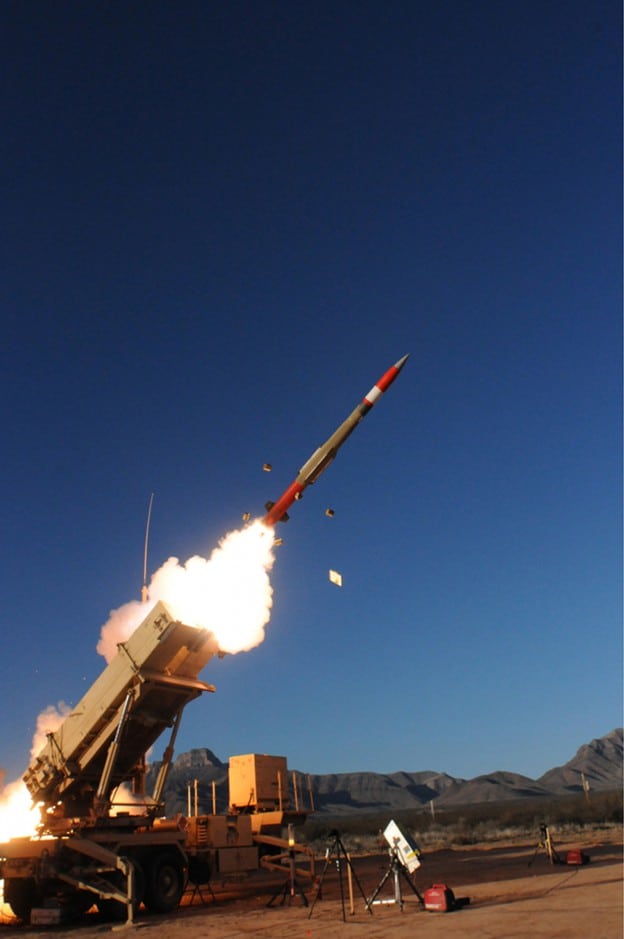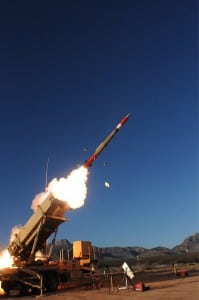The General Services Administration (GSA) on Aug. 27 sent a letter to former and current President-elect Trump at a P.O. Box in Arlington, Va.–a customary missive sent to all prospective presidents/transition teams offering the use of governmental office “space and communication systems, IT support, financial management, human resources management, telephones, furniture, vehicles, office equipment, mail management, and administrative support services (such as payroll, financial services, and contracting.)”
The offer would include 20,000 square feet of rentable space for 100 workers pre-election from Aug. 27 through Nov. 5 and 120,000 square feet of government office space for up to 360 workers post-election until the inauguration.
Yet, more than two months after the letter and following Trump’s Nov. 5 election win and Kamala Harris’ Nov. 6 concession, no one from the Trump team has signed the needed Memorandum of Understanding (MoU) to authorize the provision of such government office space and services to Trump transition personnel.
A representative of Harris’ team signed the MOU on Sept. 19–18 days after the GSA due date.
The lack of MoU approval by the Trump team thus far may indicate that it will use Trump Tower in New York City and/or Mar-A-Lago for a remote transition, rather than government offices, such as the Pentagon. That decision, beside creating possible security concerns, would mark yet another departure from established norms and rules that Trump has shown a predilection to flout.
The Trump team was also to have signed a transition MOU with the Biden White House by Oct. 1 to lay out an ethics plan for transition team members and to set out terms of cooperation between the Biden administration and the Trump team.
“Without signed MOUs between the President-elect, the current White House and GSA, there are many logistical questions about how agencies will coordinate with the President-elect’s transition team,” the Partnership for Public Service’s Center for Presidential Transition said in a Thursday email reply to questions. “When a transition team is receiving dozens of briefings from an agency, office space can be a basic source of logistical support to receive briefings and store materials. Without those MOUs in place, agencies cannot begin to address those logistical questions.”
During the President George H.W. Bush to President-elect Clinton transition in 1992-93, “DoD had an office waiting for us on the D-ring, close to the SECDEF’s office,” Jeffrey Smith, senior counsel at Washington, D.C.’s Arnold & Porter, wrote in a Thursday email.
Smith, a former general counsel at the Central Intelligence Agency and top aide to former Sen. Sam Nunn (D-Ga.), was the chief of the Clinton Transition Team at the Pentagon after the November 3, 1992 election.
“On the day after he was named the winner,” Smith said of Clinton, “I was stunned when [Clinton advisor] Sandy Berger called me and said, ‘We’d like you to be the transition [head] at the Pentagon. I had no idea this was coming.”
“On the day after his [Clinton’s] election, there was some building in D.C. near the Pension Building [at 401 F St. NW] and that was already designated for the transition so I went down there after being called to report, and the lobby was crammed with people,” Smith said. “I took an elevator up to the fifth floor or whatever, and it was organized. To be sure, it was catch as catch can. There were different rooms–hand-written signs for [Department of] State and intelligence; etc…Within a day or two we were up and running. I went over to the Pentagon and had the good fortune of knowing a lot of people in the Pentagon.”
The late David “Doc” Cooke, the long serving head civilian administrator for DoD–the “Mayor of the Pentagon”–“met me and said, ‘Jeff, it’s so good to have you back. Here’s your office. What do you need from me? How many people are you gonna have here?'”
Smith said that the Bush-Clinton transition in 1992-93 for the Pentagon and State Department “went very smoothly,” in part due to the already established bonds between personnel and the quickly established logistical support.
“We had a ton of issues to deal with, but in terms of the mechanics, [then Defense Secretary Dick] Cheney’s people were good to us,” Smith said. “I knew some of them. I knew [Cheney’s special assistant] David Addington…We never had a lick of problems with anything from the Pentagon. I had existing clearances up to TS/SCI so that made it easy. There were very few administrative issues at all. We got right to work on the substantive issues.”
“The most important thing, I think, is for the transition team at the Pentagon to identify the really big issues [to be faced] on day one,” Smith said. “The number one issue is what international crises or challenges that you’re gonna face on day one and how you get ready for them, how you get briefed up, how you ask OSD and the Joint Chiefs to give you briefings on day-to-day national security issues he [Trump] is gonna face on day one–take your pick–on Ukraine, the war in Gaza, Russia, the BRIC [Brazil, Russia, India, China] nations. That’s gotta be a priority. Secondly is budget because the defense budget Trump will inherit is the one that’s been put together by the Pentagon over the last year or so. Is that a budget he wants to adopt? Does he want to make changes in it. You don’t have much time, and you’ve gotta work with Congress on that.”
Trump’s challenge of the 2020 election results and the Jan. 6, 2021 attack on the U.S. Capitol by Trump supporters to nix the certification of Biden as the President-elect made the 2020-21 presidential transition the most fraught in U.S. history, yet even in that environment, the GSA process continued, and GSA released up to $7.3 million for the Biden transition team on Nov. 23, 2020.
The current delay may mean that Trump policy executives are not at DoD on Inauguration Day or in the days after.
Clinton’s first defense secretary, Les Aspin, took office on Jan. 21, 1993–a day after the inauguration. To ensure there was someone in charge at the Pentagon during that ceremony to help ward off any contemporaneous foreign mischief, including from Serbian dictator Slobodan Milosevic, Cheney agreed to continue to serve as defense secretary for “four or five hours,” Smith said. Milosevic died in 2006 in jail in The Hague during his war crimes trial.
“I think it’s going to be much more difficult than what I faced,” Smith said of the 2024-25 DoD transition. “We [Clinton DoD transition staff] were all in the Pentagon. Everybody [in 1992-93] had existing security clearances. I have no idea whether his [Trump’s] Pentagon transition team will be known and liked by others or whether they’re gonna be some of his MAGA people. There were a lot of people that he [Trump] had in the Pentagon and in the national security world that were not widely admired so there may be some initial hostilities to work on.”
Even during the relatively benign transition of 1992/93, “I was surprised by the number of people who said they were not [interested in serving in White House-named Pentagon positions],” Smith said.
“I think that’s gonna be a challenge for this transition,” he said, given Trump’s temperament and his history of disparagement of his top personnel, including H.R. McMaster and John Kelly, during and after Trump’s first time in office.
On Oct. 21, 2020, two weeks before he lost the 2020 election to President Biden, Trump issued an executive order that would have stripped federal civil service protections, thus raising the specter of a possible decimation of the civil service workforce in favor of a new category of “Schedule F” political appointees and/or federal contractors.
Instead of competitive, civil service examinations to qualify for many federal positions, the “Schedule F” category would have included–and may still include, depending on Trump’s direction–White House appointments to formerly “career positions of a confidential, policy-determining, policy-making, or policy-advocating character not normally subject to change as a result of a presidential transition.”
“In appointing an individual to a position in Schedule F, each agency shall follow the principle of veteran preference as far as administratively feasible,’’ the Oct. 21, 2020 executive order reads.
On the day of this year’s Aug. 27 GSA letter offering transition funds to the Trump and Biden teams, Max Stier, the president of the non-profit Partnership for Public Service, said that a President-elect’s acceptance of GSA transition support would ensure that the new administration is “ready to run our government on day one.”
“Only about half of the country expects a peaceful transfer of power after this upcoming election, and this increased doubt is driven in part by a lack of trust in the presidential transition process itself,” Stier said in a statement. “One way to help to rebuild this weakened trust is for both Harris and Trump to demonstrate that they are taking the necessary steps to plan for a smooth and effective transfer of power. Accepting GSA’s support will send a much-needed signal to the public that they are doing just that.”
The Presidential Transition Act of 1963–updated in 2022– authorized GSA transition services to promote the orderly transfer of executive power and, in the words of the late Rep. Dante Fascell (D-Fla.), to avoid having a newly elected president and vice president “going around begging for money to pay for the cost of what ought to be legitimate costs of government.”












